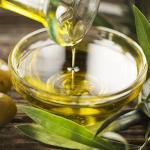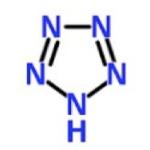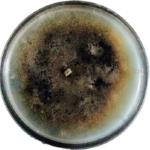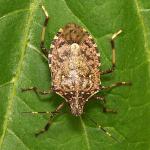Gatorade needs a better marketing team.
chemistry
Kurt Eichenwald is an interesting guy -- in the same way that a 47-car pileup on the freeway is interesting. He is, according to his Twitter bio, a contributing editor to Vanity Fair and a New York Times bestselling author.
Dr. Gregory House was fond of saying, "Everybody lies." In the food industry, that maxim could be modified to, "Everybody cheats."
Initial reports suggest that Kim Jong-Nam, the estranged half-brother of North Korean dictator Kim Jong-Un, was murdered with VX, a type of agent used in chemical warfare. What is it, and how does it work?
Useless trivia item for a Wednesday:
Whether you are choosing 87, 89, or 93-octane rated gasoline, you're not buying octane. Why? Because if you were actually putting octane into your car, it would screw it up big time.
Chemists have a variety of reasons for synthesizing things.
Alternative medicine is like an "alternative fact." If it was real, then the word "alternative" wouldn't be necessary.
There are two kinds of people in the world: Those who eat bugs knowingly and those who eat bugs unknowingly. Oh yes, you eat bugs. Even vegans eat bugs.
By Jeanna Bryner, Live Science
Four new chemical elements now have official names and symbols, the International Union of Pure and Applied Chemistry (IUPAC) announced this week.
Many natural remedies do not work. Despite those who swear by herbal medicines and other traditions that stretch back, in some cases, thousands of years, modern science often cannot verify the claimed benefits. But that isn't always the case.












